How My Friends and I Got Better At Chess
Simple Tactics To Win Your Next Game
May 18, 2023
Unless you’ve been living under a rock, you’ve probably heard of chess. Many people, including myself, immerse themselves into the ins and outs of its exciting gameplay and unexpected stratagems. For beginners who know the basics but want to get better, I’ll walk you through some of the game’s tactical intricacies.
I started chess in 3rd grade when my mom introduced me to it. In the beginning, I found it tedious, so I only played matches with my family. But after I joined the Chess Club in 6th grade I fell in love with it. From there, I dove into the universe of online matches and learned various tactics, tricks, and openings.
My first step into the world of online chess wasn’t all fun and rainbows, though. I constantly lost to more experienced players. I struggled to study openings and manage my time efficiently, so I missed checkmates and let victory slip out of my hands. But with determination, I perused the internet for methods to win endgames in chess.
Soon, I improved by leaps and bounds: I sacrificed pieces, beat traps that got me before, and found better moves to gain the upper ground. And my wins started to stack up. Among the many techniques that I picked up along my journey, these are the three that I want to emphasize: forks, pins, and skewers. Although more advanced players utilize many other strategies, these beginner-friendly maneuvers will surely get you your first win.
My first advice is to create ‘forks,’ situations in which your piece attacks two units of the opponent at once. For example, a knight may attack a king and a rook both at the same time, like this:
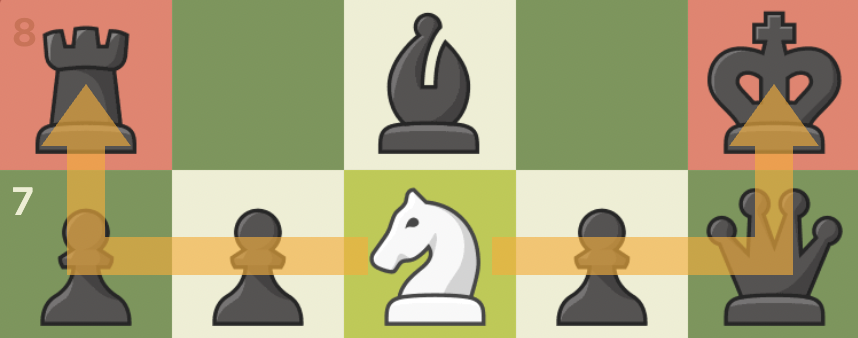
You always want to look for opportunities to use this strategy because your opponent has to prioritize a superior piece – in this case, the king over the rook. This allows you to capture a unit in your next turn. I especially prefer this tactic because it catches many beginners off guard. Nothing can replace the look on your opponent’s face when you munch on their king and queen with a fork.
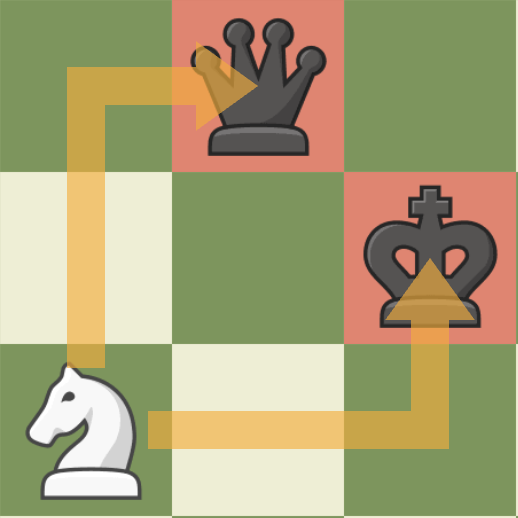
My second tip is to utilize ‘pins’. These occur when you immobilize the opponent’s unit – you force them to keep a piece stationary because moving it will sacrifice a greater one. I personally use pins to eliminate an enemy’s unit while defending mine. I’ll give you an example.
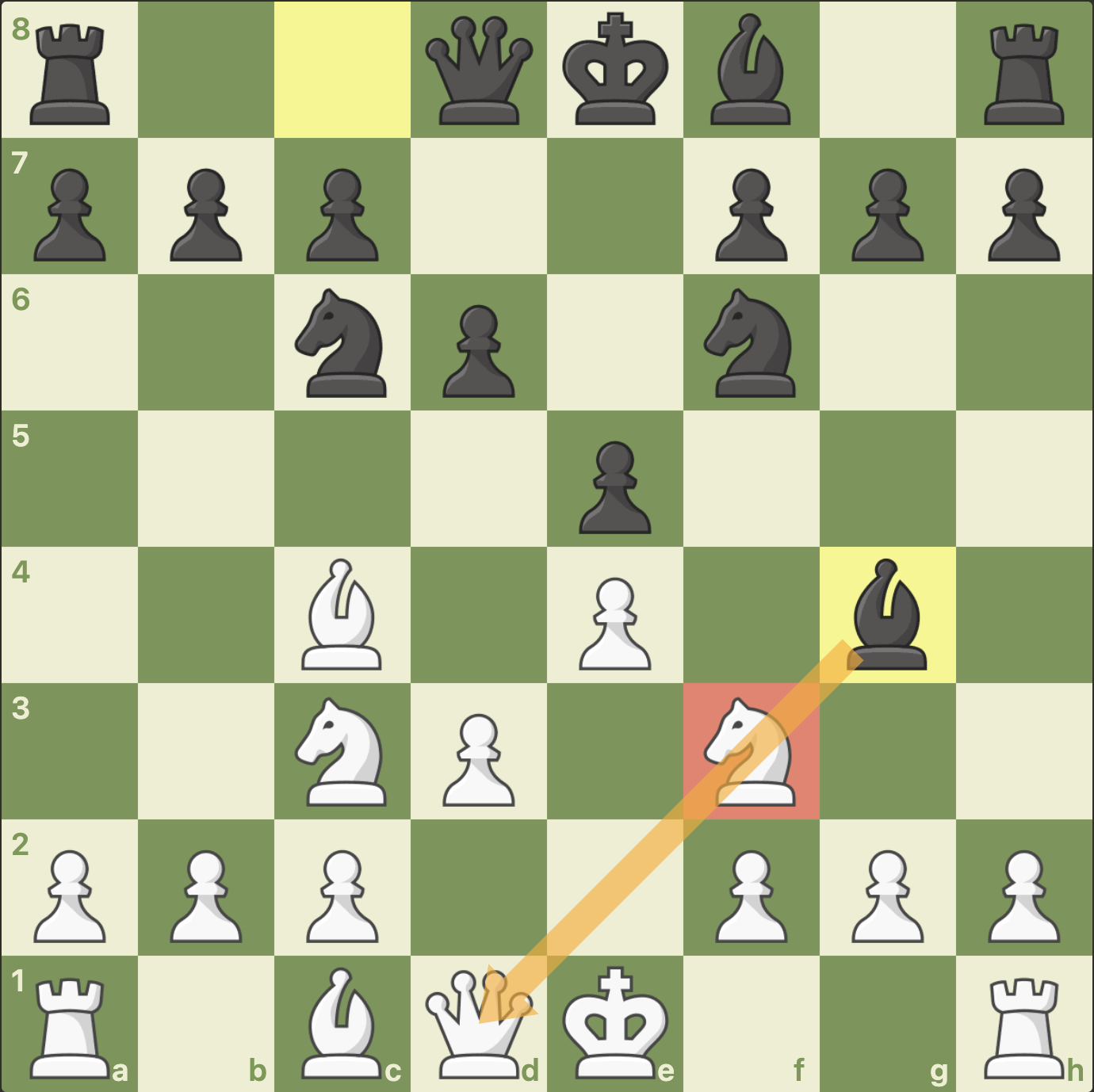
Before you use this tactic, you need to know the phrase, “put pressure on the pinned piece” (PP on the PP). While it sounds weird, this helps you remember to fortify your attacks against your opponent’s weak spot: the pin. If your bishop pins their knight to its king, you can attack their knight with another piece. Since the knight can’t move, your opponent will either be forced to add another defender, or you will simply be able to capture it.
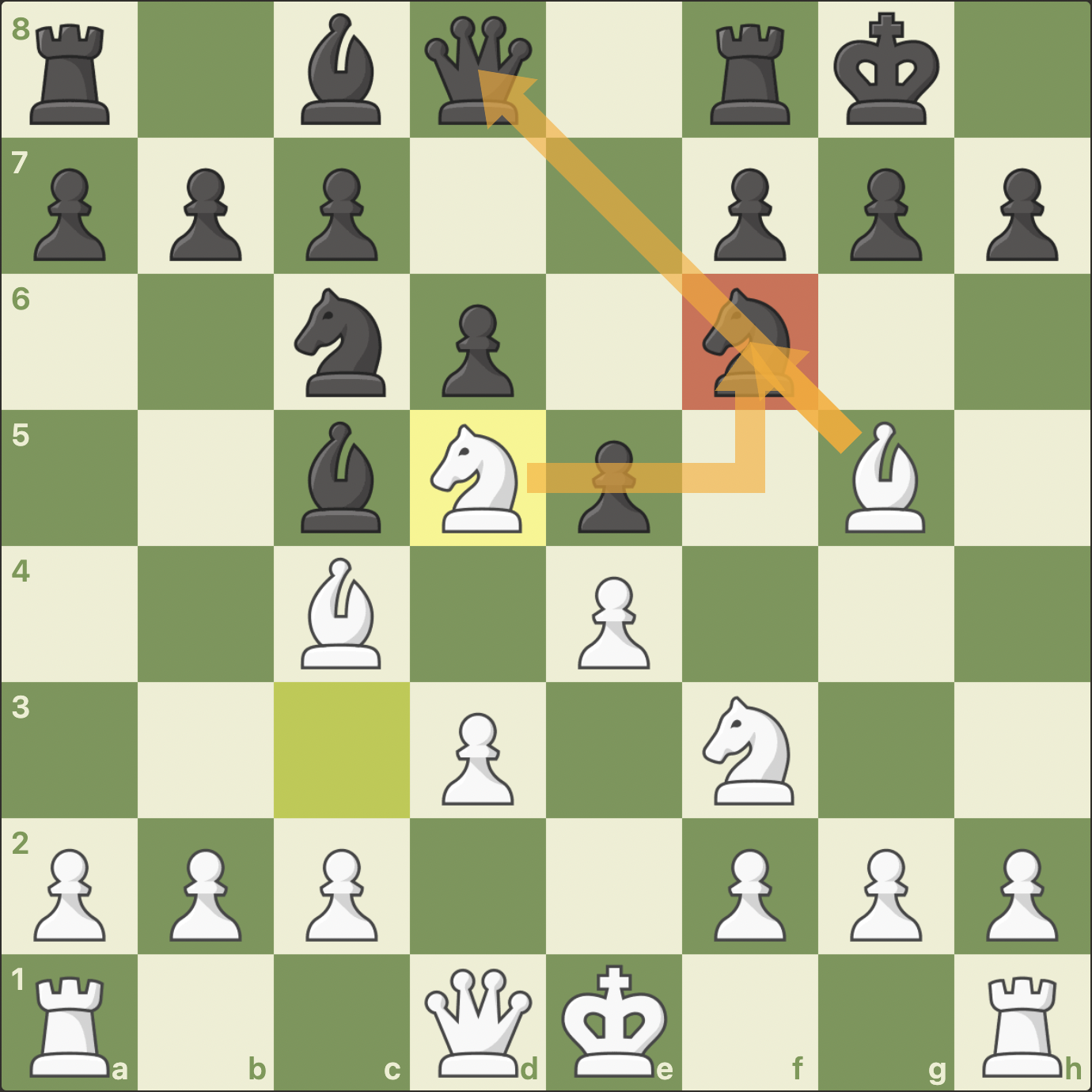
Third tactic: skewers. In a nutshell, these are opposite to pins. In a skewer, you force your opponent to move a unit because it will be captured otherwise, revealing another piece up for taking. This can also be applied to the king, which can result in situations like the one shown in the picture below.
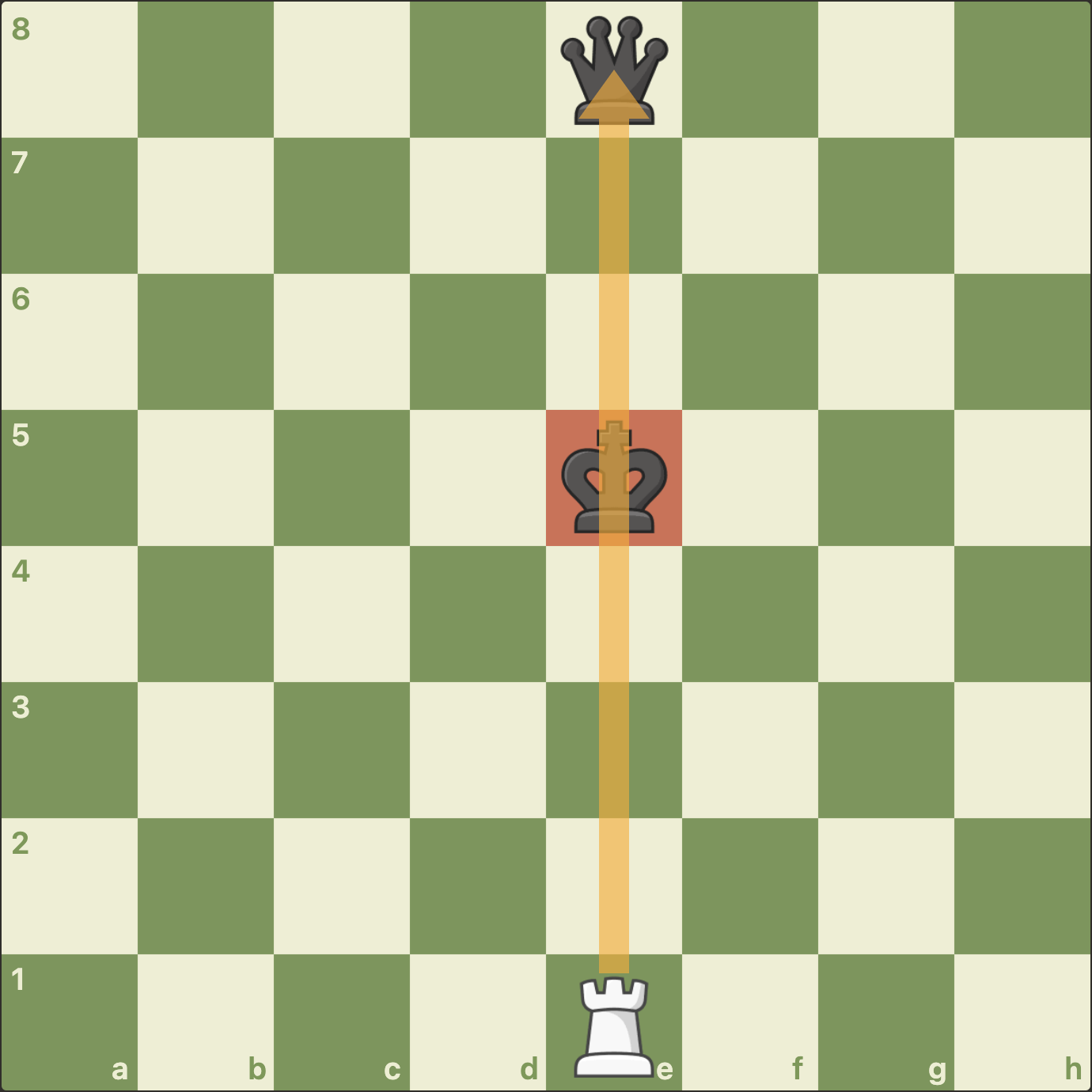
Always look for skewers because this easy but obscure skill can fool intermediate players as well. Now let’s put your skills to the test. In this position, how can the white bishop pin the queen to the king?
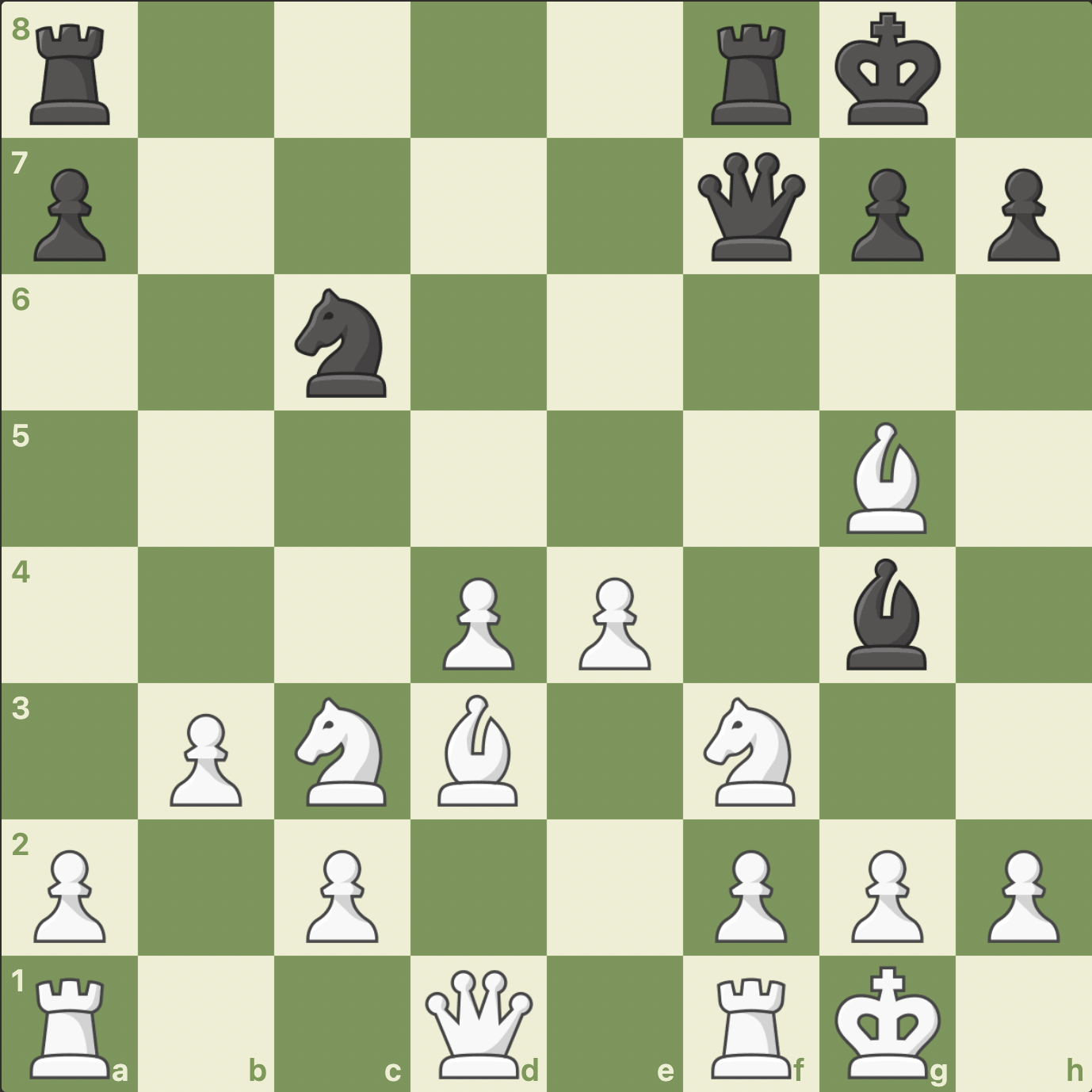
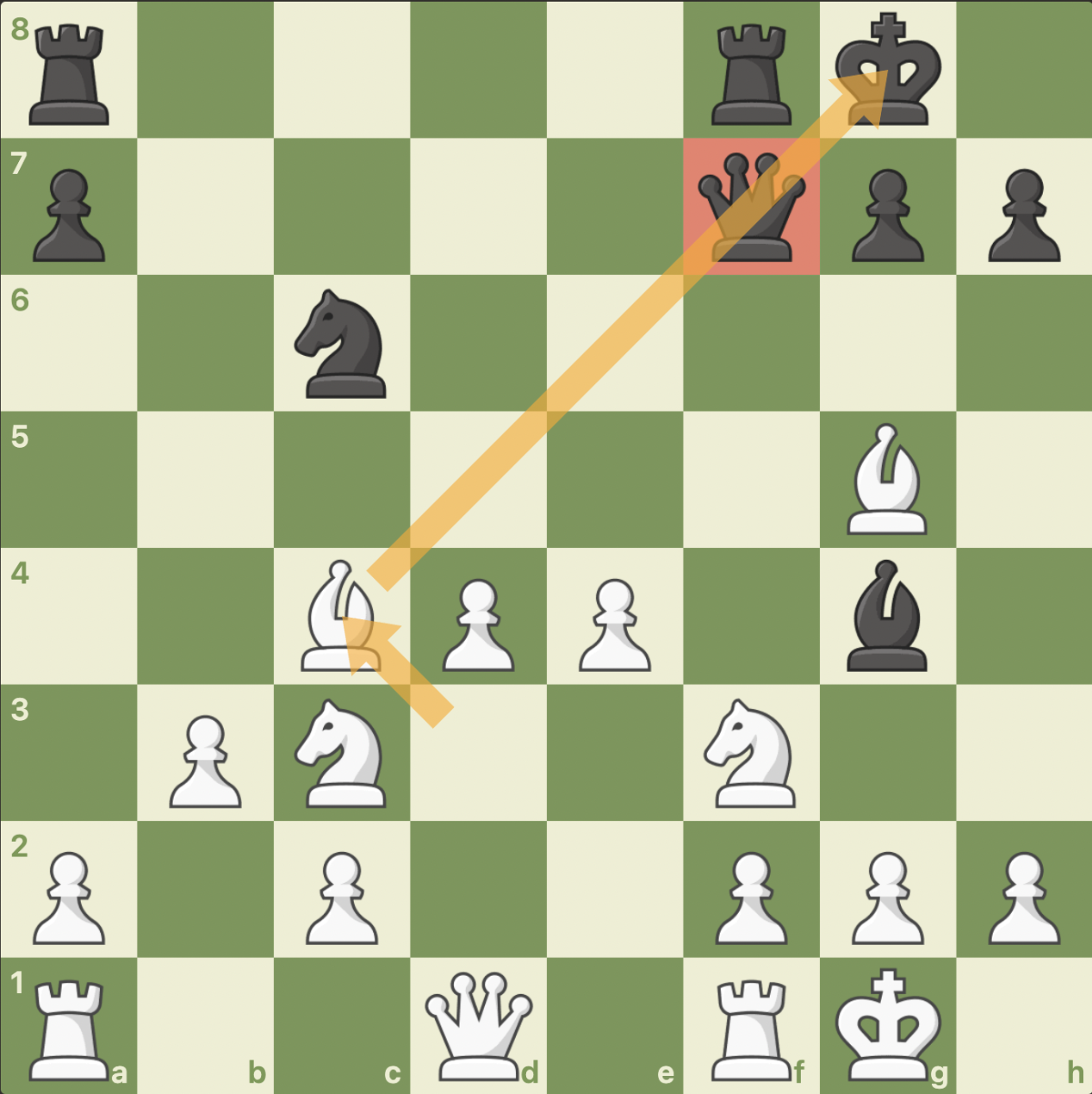
That’s all you need to know for now in order to beat your rival next time you play. Of course, this barely touches the tip of the iceberg. A myriad of tactics waits for you to add to your arsenal. So study up, practice, and dominate the chess board.






































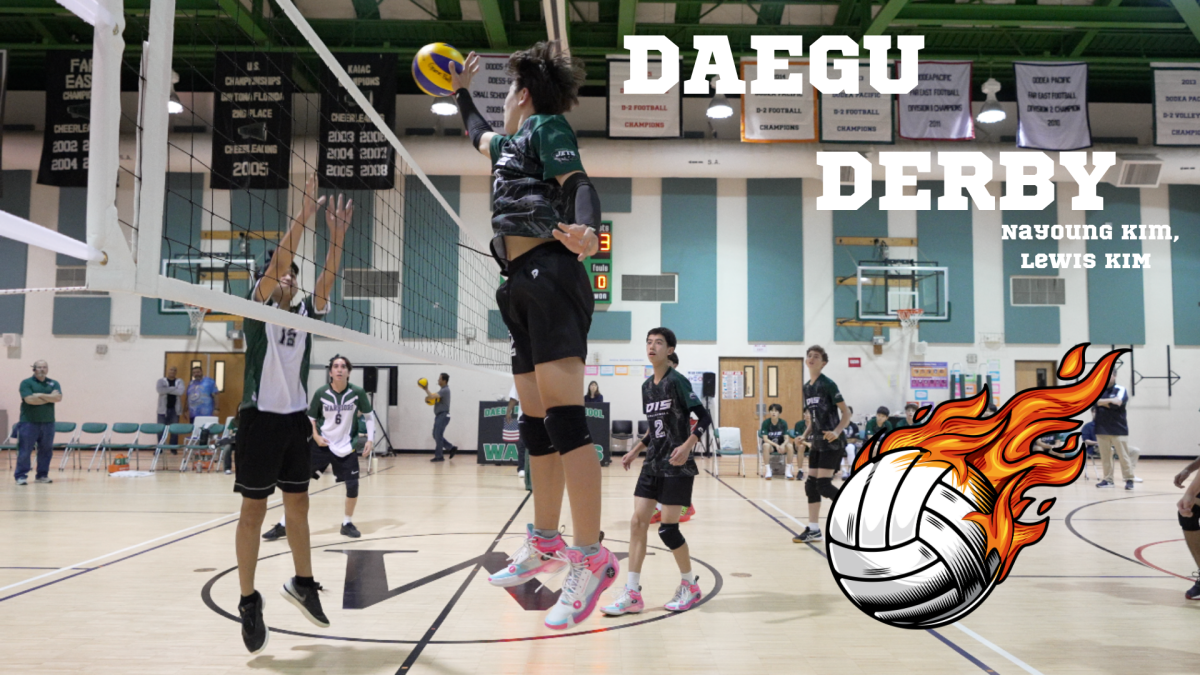
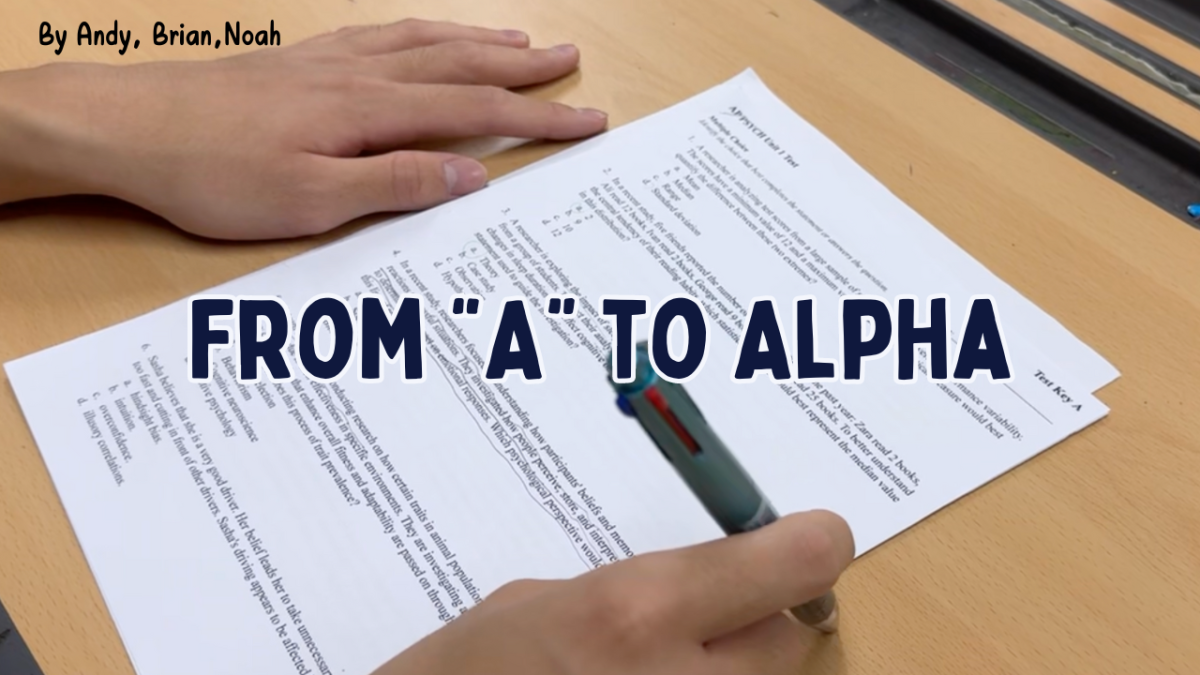
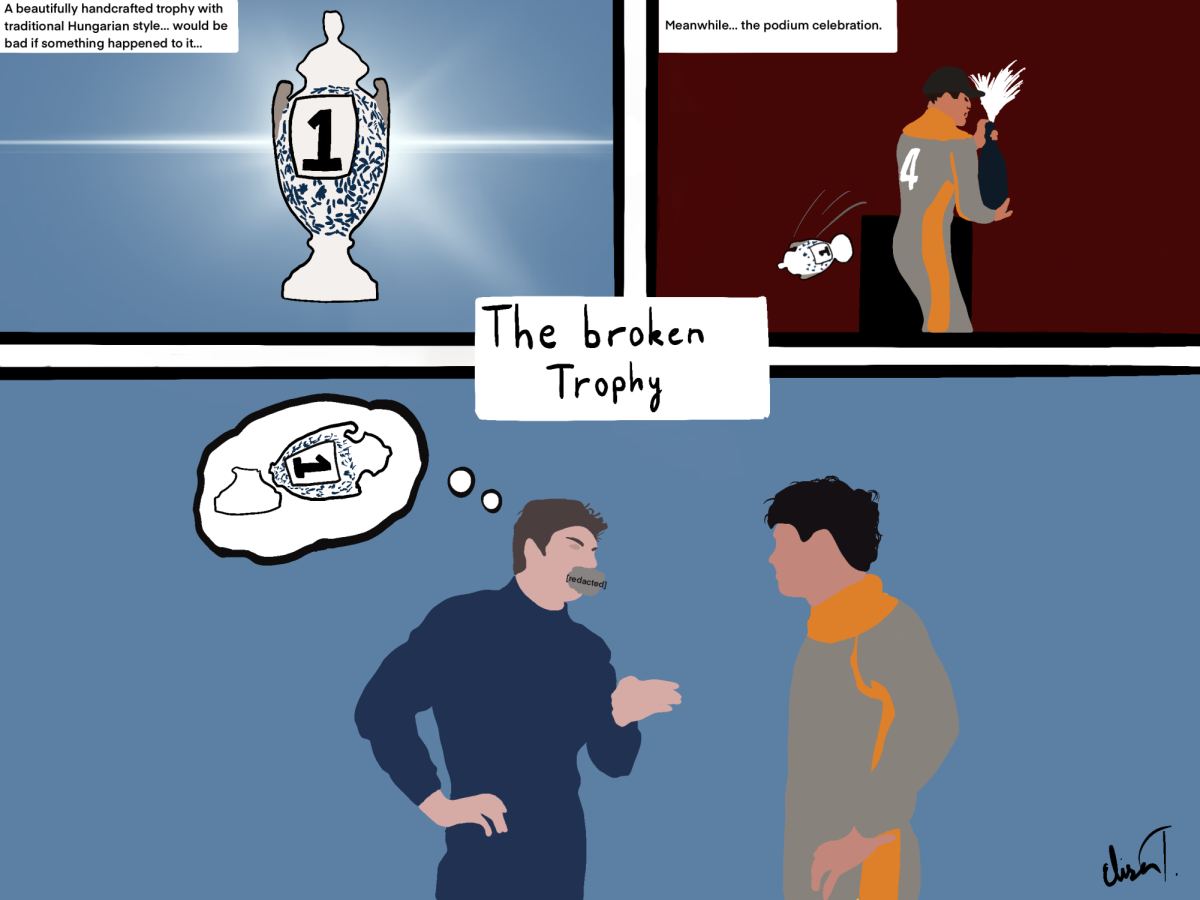
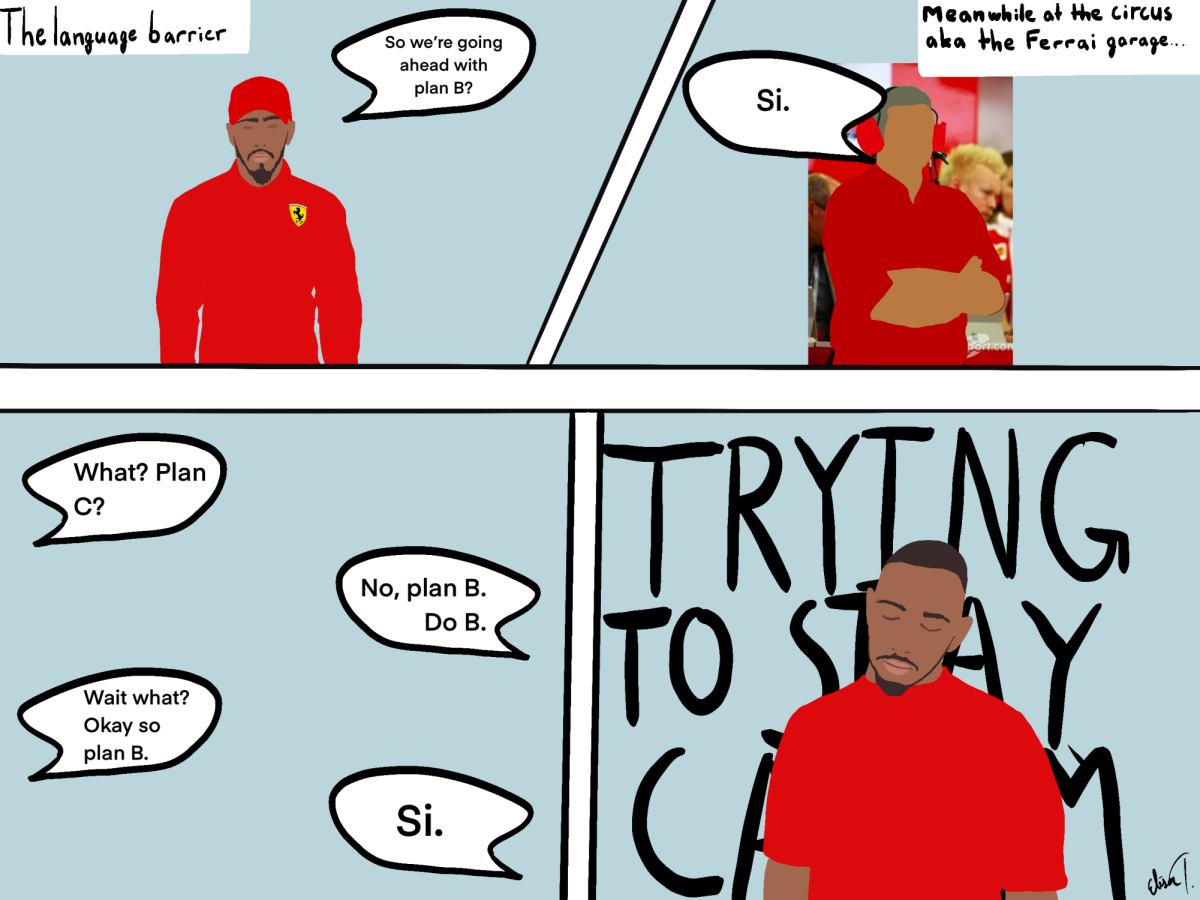
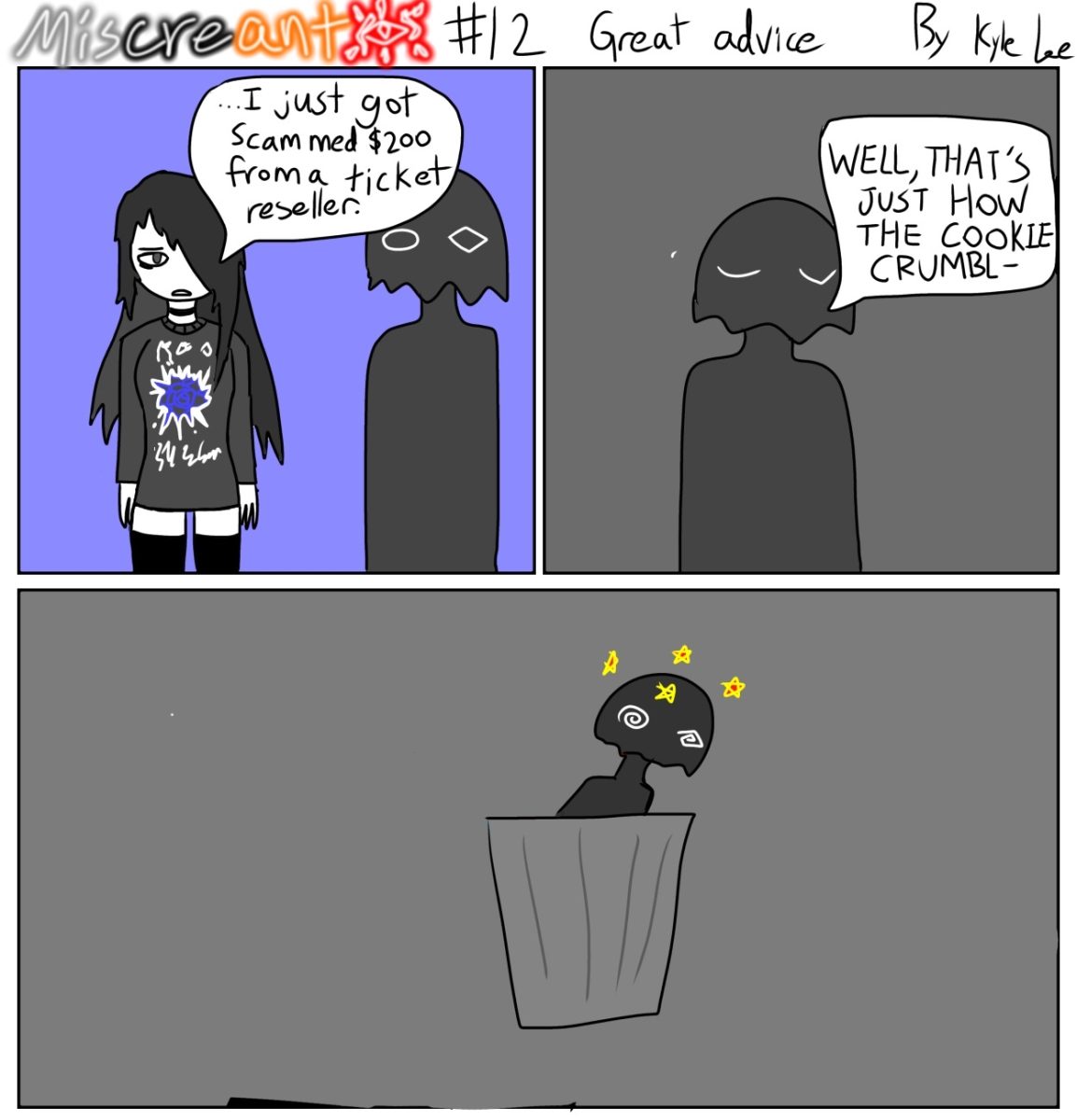



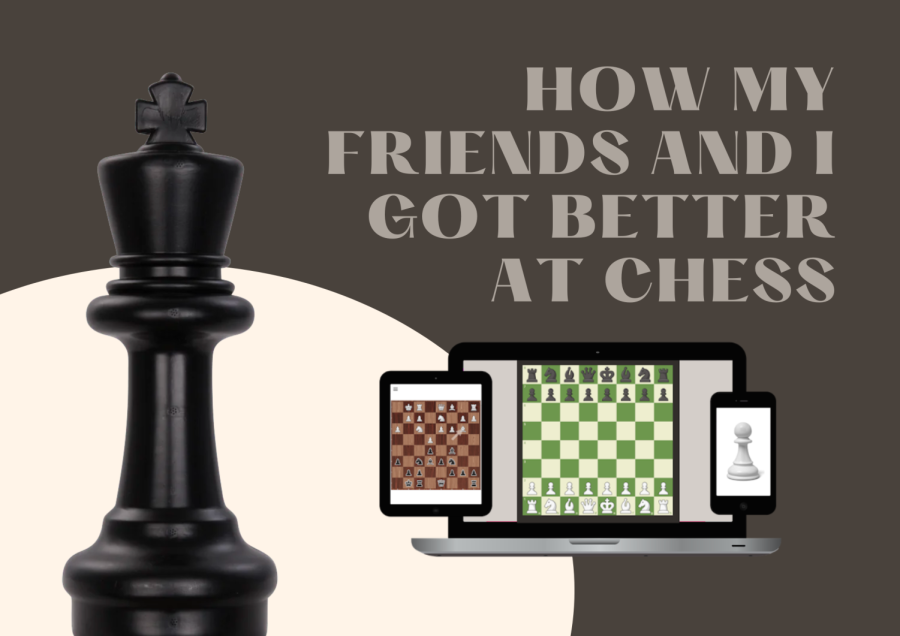



Aiden Shin • Aug 17, 2023 at 7:32 pm
I like this article and now I’m motivate more to improve at chess!(I like chess)
jennie • Aug 17, 2023 at 7:31 pm
ah very basic stuff
Maddox • May 25, 2023 at 7:32 pm
And then he SACRIFICES the other ROOK!
Justin Son • May 25, 2023 at 7:31 pm
And then he SACRIFICIES the ROOK!
jennie • May 25, 2023 at 7:29 pm
ok I really liked this article because it clearly explained about pin. However, it couldve explained more advanced stuff. Noice article!I enjoyed it!
Phillip • May 25, 2023 at 7:27 pm
Wow! With this article, people who want to start out chess will be super motivated!
Jayden • May 25, 2023 at 7:25 pm
Join Chess club!!11!1!!
(but like seriously join chess club it’s really fun)
Jennie • May 25, 2023 at 7:24 pm
The pin one is basic….but noice article
Daniel Beck • May 25, 2023 at 7:22 pm
I think another way to improve on chess is to try trial and error, trying new methods until you get an opening or movement you really enjoy or like. :>